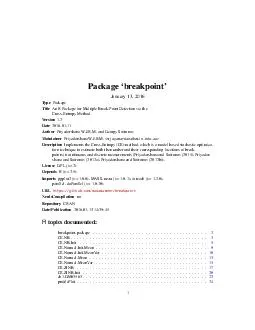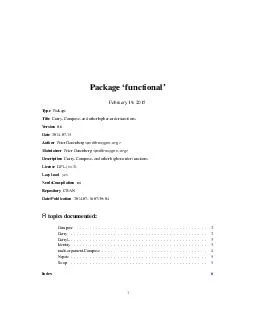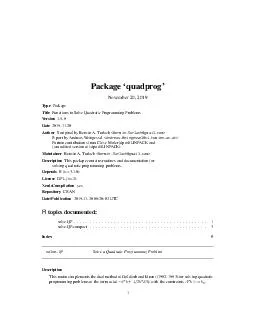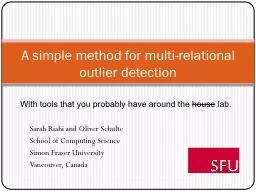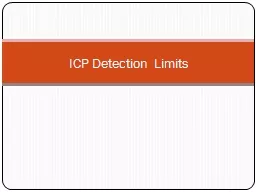PDF-Package breakpoint July Type Package Title An R Package for Multiple BreakPoint Detection
Author : calandra-battersby | Published Date : 2014-12-12
0 Date 20140114 Author Priyadarshana WJRM and Georgy Sofronov Maintainer Priyadarshana WJRM Description Implements the crossentropy CE method which is a model based
Presentation Embed Code
Download Presentation
Download Presentation The PPT/PDF document "Package breakpoint July Type Package T..." is the property of its rightful owner. Permission is granted to download and print the materials on this website for personal, non-commercial use only, and to display it on your personal computer provided you do not modify the materials and that you retain all copyright notices contained in the materials. By downloading content from our website, you accept the terms of this agreement.
Package breakpoint July Type Package Title An R Package for Multiple BreakPoint Detection: Transcript
Download Rules Of Document
"Package breakpoint July Type Package Title An R Package for Multiple BreakPoint Detection"The content belongs to its owner. You may download and print it for personal use, without modification, and keep all copyright notices. By downloading, you agree to these terms.
Related Documents

